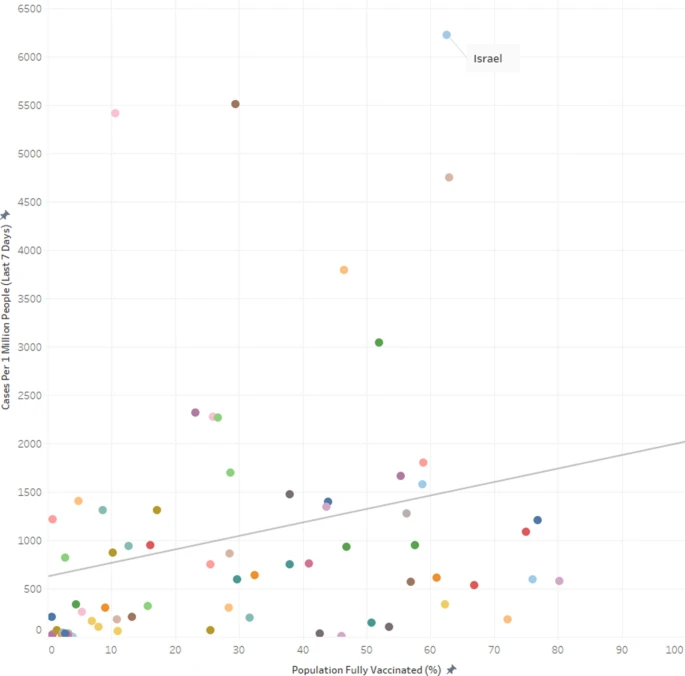
I wonder at stuff like this ivermectin in Indonesia "analysis". It's such obvious, boring nonsense that is disprovable with some basic fact-checking, and yet so very popular online 

Firstly, the timing of "ivermectin widely available" is wrong. Ivermectin has been "flying off the shelves" in Indonesia since April 2020, with off-label use the entire pandemic 

It's pretty obvious that ivermectin has been widely available in Indonesia the entire pandemic (as it is in most places). So what's the weird shaded area about?
Well, in June/July 2021 the Indonesian government approved, the withdrew approval, of ivermectin for treatment of COVID-19. A state-owned pharmaceutical company is planning on producing 4.5 million pills, it appears 



Now, astute readers (and anyone able to do basic maths) will note that 4 million pills a week would be enough doses for <2% of Indonesia's population. They will also note that these are PLANS to produce pills, not numbers given
Pharmaceutical supply chains are pretty complex. If we plan to start producing something in June 2021, it's unlikely that people will actually get the pills before August, never mind the next day!
In other words, the shaded "ivermectin widely available" area in the plot doesn't actually show a time period in which ivermectin was any more available than the preceding months for most people in Indonesia 🤷♂️
The original graph is just some vague temporal correlation with fewer cases matched to what is essentially a press release. It proves nothing except that people do love a totally useless graphic
Also, the shaded region coincides with Indonesia's (modest) vaccination campaign and fairly strict measures against COVID including closure of public places, vaccination passports, and full lockdowns on some islands 





On top of this, Indonesia has been one of the worst-hit countries in the world, with a large proportion of the country infected over the last 2 years
reuters.com/world/asia-pac…
reuters.com/world/asia-pac…
So either:
a) a plan to distribute ivermectin pills by a guy importing the drug reduced COVID cases
b) the lockdowns, vaccines, and infection-derived immunity reduced cases
a) a plan to distribute ivermectin pills by a guy importing the drug reduced COVID cases
b) the lockdowns, vaccines, and infection-derived immunity reduced cases
• • •
Missing some Tweet in this thread? You can try to
force a refresh









